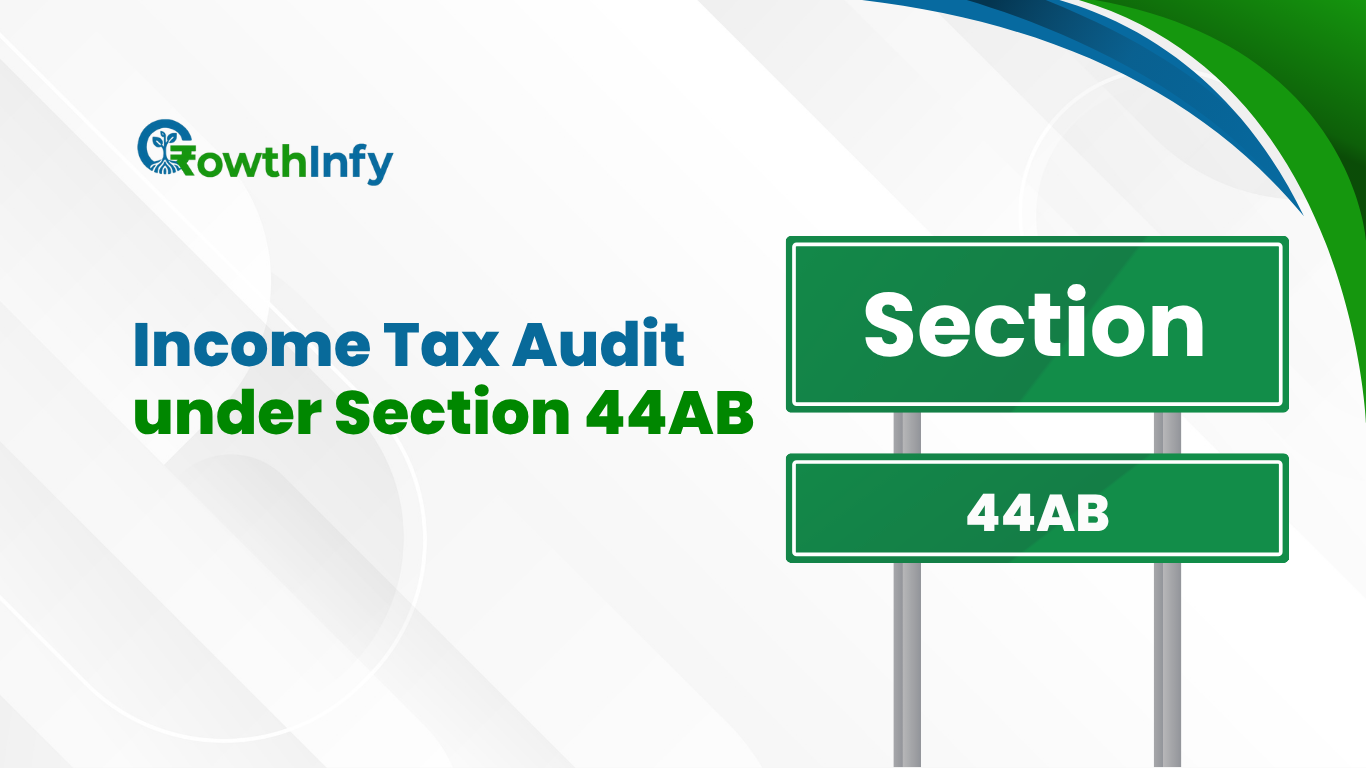Section 80C: Best Investment Options to Save Tax
Section 80C of the Income Tax Act, 1961 is that one section most popularly being used by individual taxpayers and Hindu Undivided Families (HUFs) to claim tax savings. Up to ₹ 1.5 lakh can be deducted from one individual’s total income during a year to reduce a taxable liability. If you understand and utilize the investment options available under Section 80C correctly, you will be able to save as well as add wealth over the longer term.
Top Investment Options Eligible Under Section 80C
Here is a comprehensive list of the most popular and beneficial instruments that qualify for deduction under Section 80C:
1.Life Insurance Premiums
This affords the deduction for premiums paid for life insurance policies for one’s own life as well as those of the spouse and children. The policy should be in the name of oneself or any of the family members, and the premium amount should not exceed 10% of the sum assured in case of policies availed after April 1, 2012. For the policies issued before April 1, 2012 premium amount should not exceed 20% of sum assured.
2.Public Provident Fund (PPF)
A government-backed, long-term savings scheme with an interest rate that is fully tax-free. PPF has a 15-year lock-in period and offers safety and decent returns, making it ideal for conservative investors.
3.Employees’ Provident Fund (EPF)
It’s an obligatory saving for salaried persons, where both employee and employer co-contribute. The employee’s share is deductible under Section 80C, and there’s a tax exemption on the aggregated amount on maturity (given that some conditions are satisfied).
4.Equity-Linked Savings Scheme (ELSS)
ELSS are mutual fund schemes with a lock-in period of 3 years—the shortest among 80C options. These have the potential to offer higher returns as they invest in equities, though they carry market risk.
5.Unit Linked Insurance Plan (ULIP)
ULIPs offer the dual advantage of insurance and market-linked returns. The premiums qualify for deduction, and the maturity proceeds are tax-free under certain conditions.
6.Tax Saver Fixed Deposits
Fixed deposits with a lock-in of 5 years offered by banks and post offices are eligible for deduction under Section 80C. The interest earned is taxable, but the principal qualifies for the deduction.
7.National Pension Scheme (NPS)
Contributions up to ₹1.5 lakh fall under Section 80CCD(1), which is part of Section 80C. An additional deduction of ₹50,000 is allowed under Section 80CCD(1B), making NPS a powerful tax-saving tool for retirement planning.
8.Home Loan Principal Repayment
Repayment of the principal component of a home loan qualifies for deduction under Section 80C, provided the property is not sold within 5 years of possession.
9. Sukanya Samriddhi Yojana (SSY)
Aimed at securing the future of girl children, SSY offers attractive interest rates and tax-free returns. The investment, interest earned, and maturity amount are all exempt from tax.
10.National Savings Certificate (NSC)
Offered by post offices,NSC is a low-risk investment with a lock-in of 5 years. The interest earned annually is taxable, but it is also eligible for a deduction under Section 80C in the year it is reinvested.
11. Tuition Fees
Tuition fees paid to any university, college, school, or other educational institutions in India for the full-time education of up to two children are deductible under Section 80C.
12. Senior Citizens Savings Scheme (SCSS)
An excellent fixed-income option for individuals above 60 years. It offers regular income, safety, and tax-saving benefits under Section 80C.
Important Subsections Under Section 80C
- Section 80CCC: Deductions for contributions to annuity pension plans.
- Section 80CCD(1): Employee contributions to the NPS (up to 10% of salary).
- Section 80CCD(1B): Additional deduction up to ₹50,000 for self-contribution to NPS.
- Section 80CCD(2): Employer contributions to NPS, over and above the 80C limit.
Eligibility Criteria for Claiming Section 80C Deductions
- Must be an individual taxpayer or HUF.
- Investments must be made in specified instruments under the section.
- Deductions are available only for investments/payments made within the financial year (April 1 to March 31).
- Total deduction allowed under Section 80C, 80CCC, and 80CCD(1) combined is ₹1.5 lakh.
How to Maximize Tax Saving Under Section 80C?
- Mix Safety and Returns
Combine stable options like PPF and NSC with high-return instruments like ELSS. - Start Early
Investing early in the financial year helps avoid last-minute decisions and allows investments to compound effectively. - Utilize Full Limit
Make sure to utilize the full ₹1.5 lakh limit to optimize tax savings. Consider including tuition fees or insurance premiums already paid. - Align Investments with Goals
Instead of investing randomly to save taxes, align 80C investments with your long-term goals like retirement, children’s education, or wealth creation.
Conclusion
For tax planning purposes, it is understandable that Section 80C of Income Tax needs to be researched. Investment avenues range from market-linked ELSS to safe investments like PPF and NSC, thereby catering to all risk levels and financial aspirations. Systematic investments in eligible instruments offer both Section 80C tax benefits and a viable way to protect the financial future.




